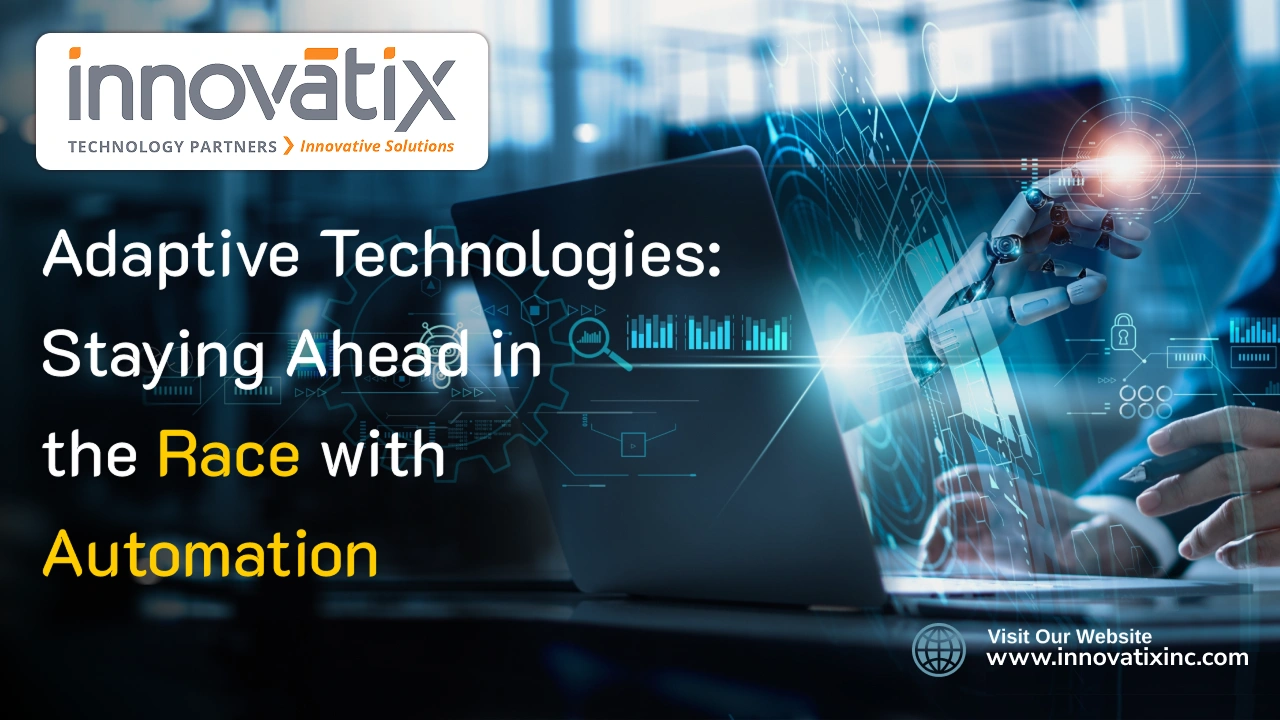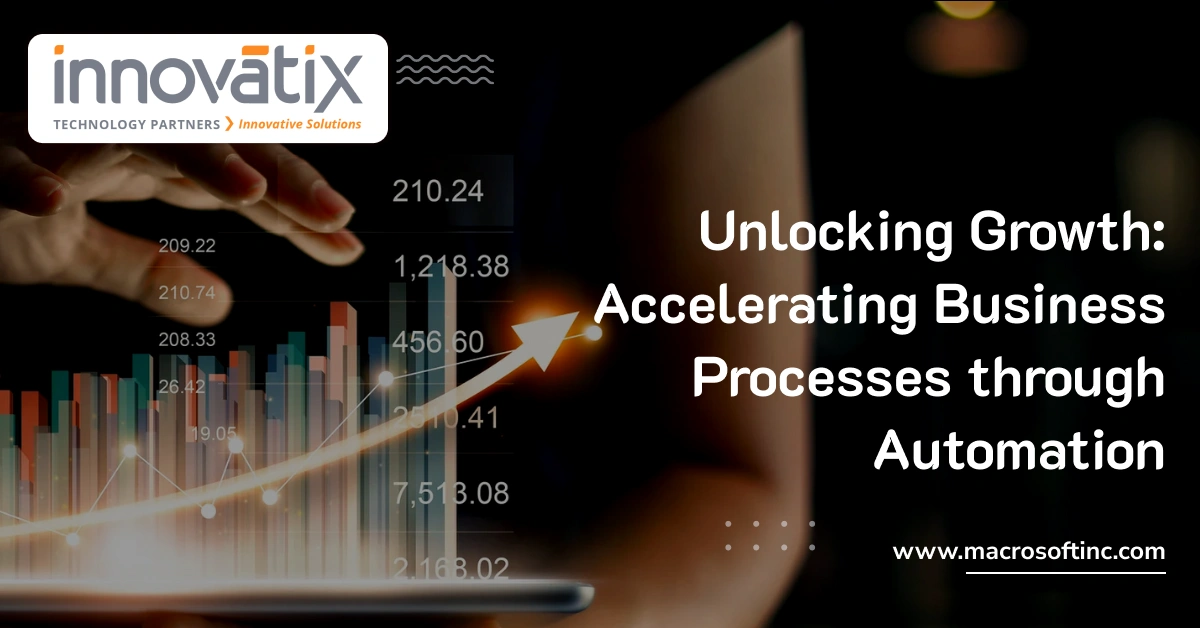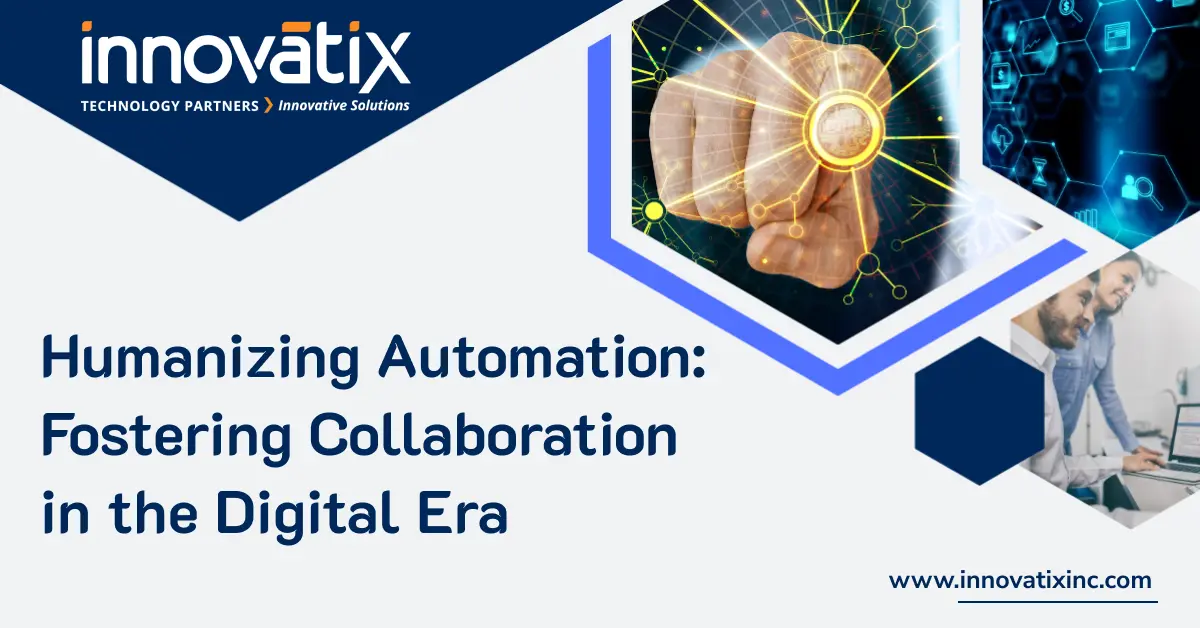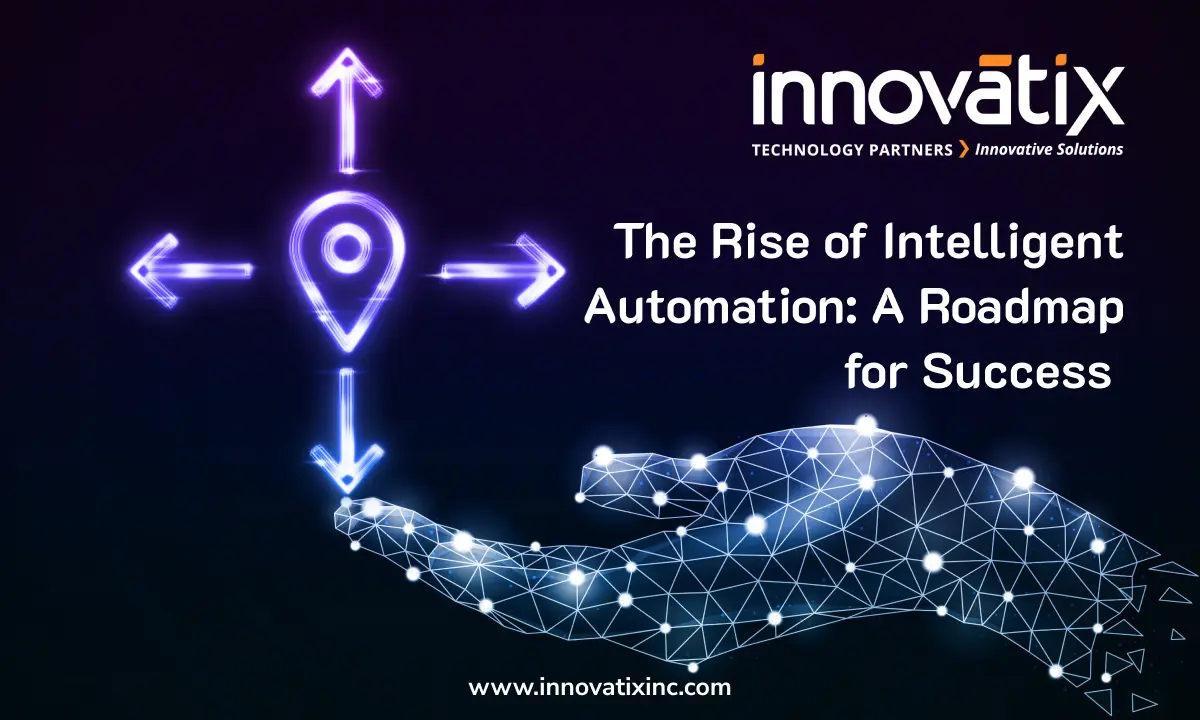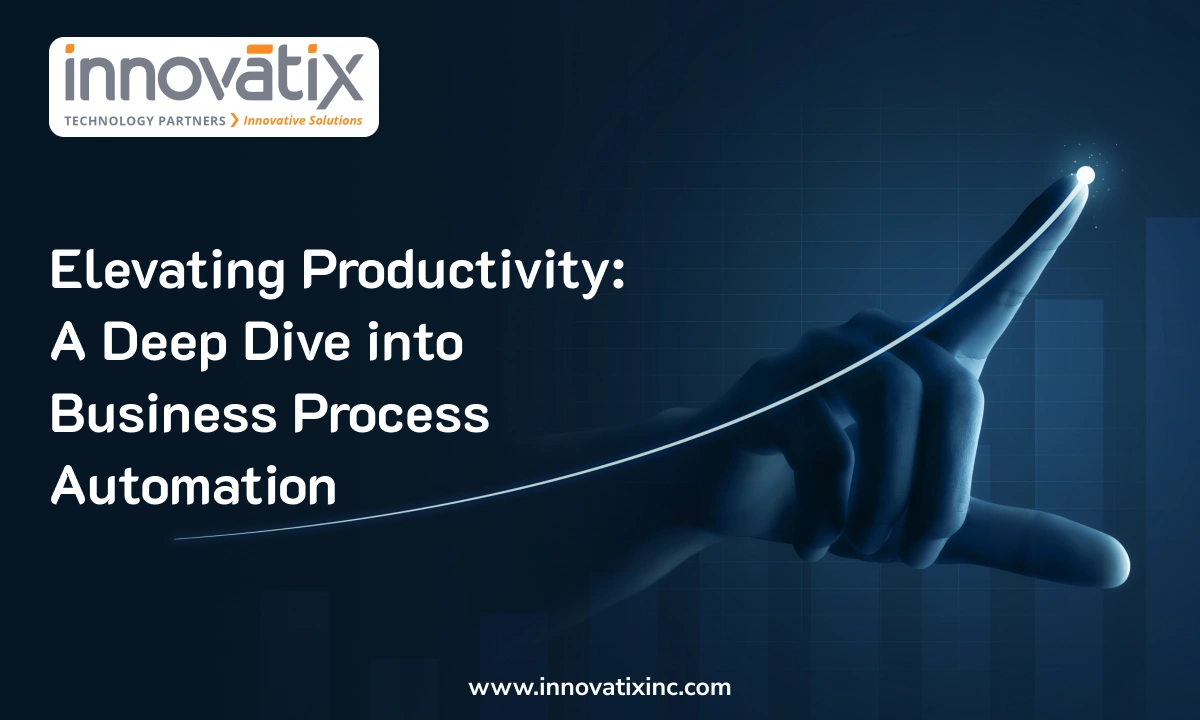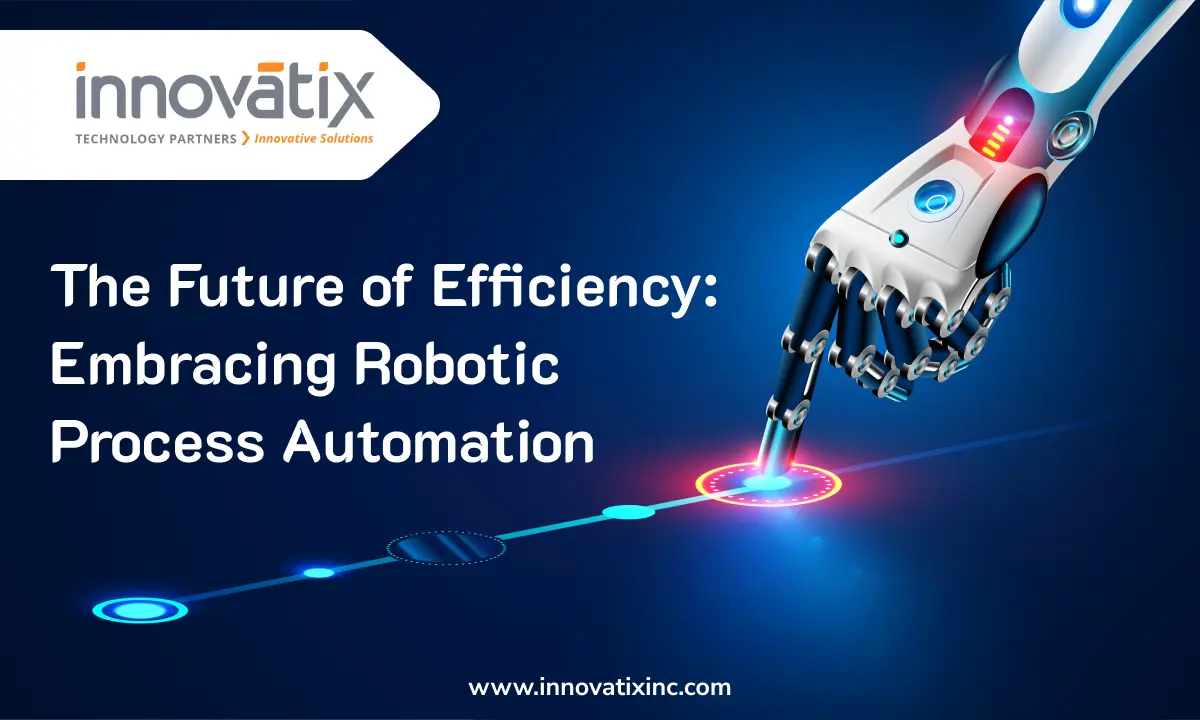Adaptive Technologies: Staying Ahead in the Race with Automation
Staying ahead of the competition requires more than just innovation; it demands the strategic implementation of adaptive technologies. Companies that embrace automation are not only streamlining their operations but also gaining a significant competitive advantage. In this blog, we will explore how adaptive technologies, particularly in the realm of automation, are revolutionizing industries and helping businesses maintain their edge in the market. The Rise of Adaptive Technologies Adaptive technologies refer to systems and software designed to adjust and evolve based on the environment and the specific needs of the user. Unlike static tools, adaptive technologies continuously learn and improve, providing more efficient and tailored solutions over time. One of the key areas where adaptive technologies are making a substantial impact is automation. Automation in technology has transformed from simple, repetitive task execution to complex, intelligent systems capable of decision-making and problem-solving. The integration of adaptive technologies into automation technology is driving this evolution, enabling businesses to achieve unprecedented levels of efficiency and agility. The Power of Automation in Technology Automation technology encompasses a broad range of tools and systems that automate processes, from manufacturing and production to administrative tasks and customer service. According to a recent report by McKinsey & Company, automation has the potential to automate up to 45% of work activities, significantly boosting productivity and reducing operational costs. One striking example is industrial automation technology. Industries ranging from automotive to pharmaceuticals are leveraging adaptive technologies to enhance precision, reduce errors, and improve safety. For instance, the automotive industry has seen a 20% increase in production efficiency through the adoption of adaptive automation systems. Business Automation Solutions: A Game Changer For businesses, the adoption of business automation solutions is a game-changer. These solutions not only streamline operations but also provide valuable insights through data analytics and machine learning. By automating routine tasks, companies can free up employees to focus on more strategic, value-added activities. Gartner’s research indicates that by 2024, organizations will lower operational costs by 30% by combining hyper-automation technologies with redesigned operational processes. This highlights the critical role of adaptive technologies in driving automation forward, allowing businesses to remain agile and competitive in a dynamic market. Case Studies: Real-World Applications and Success Stories Several companies are already reaping the benefits of adaptive technologies and automation. One notable example is Amazon, which utilizes advanced automation technology in its fulfilment centres. The implementation of adaptive robotic systems has reduced the time required to process orders by 50%, significantly enhancing overall efficiency. In the healthcare industry, adaptive automation is playing a crucial role in improving patient care and operational efficiency. Hospitals and clinics are using automation technology to manage patient records, schedule appointments, and even assist in diagnostics. This not only improves patient care but also allows healthcare providers to handle a higher volume of patients with the same level of resources. Another compelling example is in the financial sector, where adaptive technologies are transforming risk management. Banks and financial institutions are leveraging AI-driven automation to monitor transactions in real-time, detect fraudulent activities, and assess credit risks. These systems continuously learn from new data, enabling them to identify emerging threats and adjust their algorithms accordingly. This proactive approach to risk management not only protects the institution but also builds customer trust by ensuring the security of their financial assets. The Future of Adaptive Technologies in Automation Looking ahead, the future of adaptive technologies in automation is filled with possibilities. As AI and machine learning continue to advance, automation systems will become even more intelligent, capable of performing tasks that were once considered too complex for machines. For example, AI-driven automation is expected to play a significant role in the development of autonomous vehicles, which will not only change the transportation industry but also have far-reaching implications for logistics, urban planning, and environmental sustainability. The future of adaptive technologies in automation is promising. As artificial intelligence (AI) and machine learning continue to advance, automation systems will become even more intelligent and capable. According to a report by PwC, AI-driven automation could contribute up to $15.7 trillion to the global economy by 2030. This underscores the immense potential of adaptive technologies to drive economic growth and create new opportunities for businesses. Businesses that invest in adaptive technologies and automation now will be well-positioned to capitalize on these advancements. By staying ahead of the curve, companies can not only enhance their operational efficiency but also deliver better products and services to their customers. Conclusion: Embracing the Future with Adaptive Technologies Adaptive technologies are revolutionizing the way businesses operate by enhancing automation capabilities. From industrial automation technology to business automation solutions, the benefits are clear: increased efficiency, reduced costs, and improved competitive advantage. As we look to the future, the continued evolution of adaptive technologies promises even greater opportunities for businesses willing to embrace and leverage these innovations. For companies aiming to stay ahead in the race with automation, now is the time to invest in and adopt adaptive technologies. By doing so, they can drive growth, innovation, and long-term success. Explore more about how adaptive technologies can transform your business with Innovatix Technology Partners. By staying informed and proactive, businesses can ensure they remain at the forefront of innovation, leveraging adaptive technologies to achieve new heights of success.


